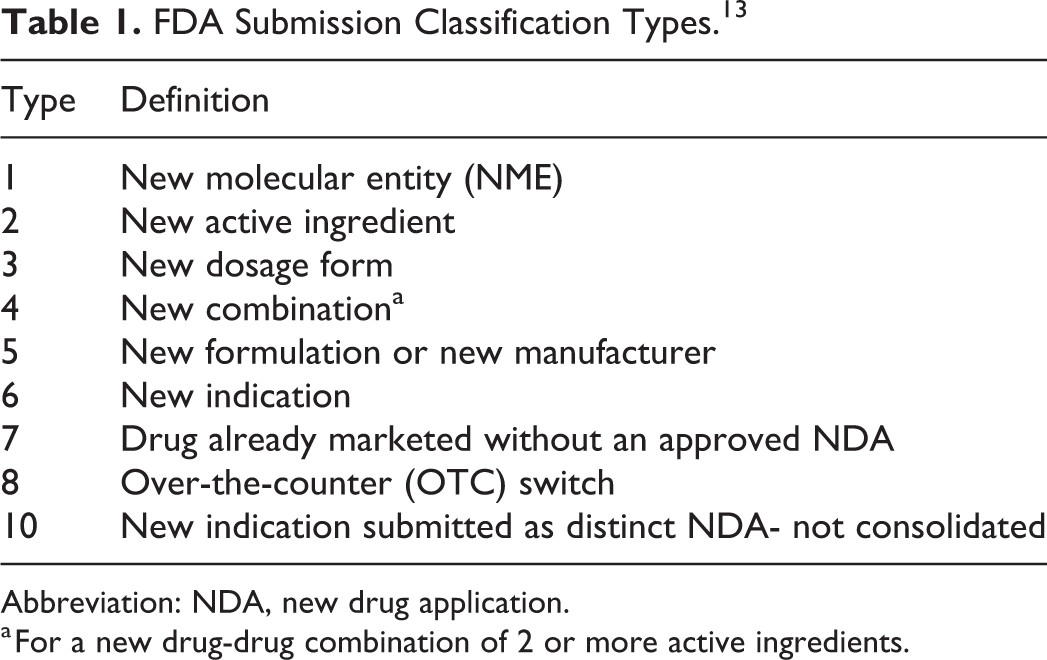Freedom-to-Operate (FTO) analysis isn’t just a regulatory checkbox—it’s a strategic lifeline. With drug development timelines stretching over a decade and costs soaring past $2.6 billion per approved therapy3, companies cannot afford to overlook third-party intellectual property (IP) risks. This comprehensive guide dives into the methodologies, tools, and real-world case studies that define modern FTO practices, equipping businesses to navigate patent landscapes with precision while safeguarding billion-dollar investments.
Why FTO Analysis is the Cornerstone of Biopharma Commercialization
Imagine building a skyscraper without checking if the land belongs to someone else. That’s precisely the risk of skipping FTO analysis in biopharma. Every biological drug—whether a monoclonal antibody or gene therapy—relies on proprietary sequences, formulations, or manufacturing processes protected by patents. Over 80% of biopharmaceutical patents center on amino acid or nucleic acid sequences1, making sequence databases critical for early-stage risk assessment.
But here’s the catch: patent thickets—overlapping IP claims from competitors—can derail commercialization. Take the infamous Humira case, where AbbVie extended its market exclusivity through a web of 247 patents4. While critics argue this exploits the system, it underscores why robust FTO strategies must evolve beyond simple clearance searches.
The Cost of Oversight: A Billion-Dollar Lesson from Sovaldi
In 2013, Gilead Sciences launched Sovaldi, a hepatitis C drug priced at $84,000 per treatment course. While clinically revolutionary, a Senate investigation revealed Gilead’s pricing strategy prioritized revenue over accessibility, ignoring how IP constraints might affect Medicaid programs6. By 2015, Medicare spent $8.2 billion on Sovaldi and its successor Harvoni—enough to treat less than 2.4% of eligible patients6. This case highlights a critical FTO blind spot: failing to model pricing’s impact on IP enforcement and public policy backlash.
Three Pillars of a Modern FTO Framework
1. Deep-Dive Product Understanding: Mapping the Innovation Ecosystem
Before searching patents, know your product inside-out.
Iterative Feature Identification
FTO isn’t a one-and-done exercise. As Pfizer discovered while expanding its cancer drug Xalkori, early analyses might miss latent features. When Shire Pharmaceuticals blocked ROS1 inhibitor patents, Pfizer pivoted to novel crystalline forms—a workaround born from continuous developer interviews5.
Competitor Patent Psychology
Who’s filing what? Assignee analysis isn’t just about litigation history. For example, academic institutions own 15% of biopharma patents3, often licensing them to startups. Tools like PatSnap Bio track assignee portfolios, flagging universities with aggressive tech transfer offices1.
2. Smarter Search Strategies: Beyond Keyword Queries
Modern FTO demands AI-powered tools and semantic analysis.
Degenerate Sequence Searching
Generic sequences (e.g., “Xaa-Leu-Pro” instead of specific amino acids) account for 30% of biopharma patents1. Platforms like PatSnap Bio use NLP models to parse these ambiguities, reducing oversight risks by 40%1.
Citation Network Analysis
Harvard studies show patents cited by later filings are 5x more likely to face litigation2. Mapping forward/backward citations identifies high-risk IP early.
3. Actionable Reporting: Turning Data into Decisions
A 2023 Baker Botts survey found 68% of FTO reports gather dust due to poor articulation2. Fix this with:
Risk Scoring Matrices
Rank patents by:
- Legal Strength: Claims breadth, remaining term
- Technical Overlap: Sequence homology scores
- Commercial Impact: Blocking vs. non-core patents
| Patent ID | Legal Strength (1-5) | Technical Overlap (%) | Risk Level |
|---|---|---|---|
| US1234567 | 4.2 | 92 | Critical |
Scenario Planning
Model outcomes like:
- Licensing Costs: If Patent X demands 3% royalties, how does that affect NPV?
- Design-Around Feasibility: Can a PEGylation step circumvent formulation patents?
Global IP Landscapes: Navigating the TRIPS Tightrope
The 2022 WTO decision to waive COVID-19 vaccine patents3 set a precarious precedent. While intended to boost access, FTI Consulting models predict such waivers could reduce new drug approvals by 11% by 20503. For companies, this means:
- Emerging Market Vigilance: India’s Section 3(d) prohibits “evergreening,” invalidating incremental formulation patents.
- Compulsory Licensing Triggers: Brazil and South Africa may override patents during health crises.
“FTO isn’t just about avoiding infringement—it’s about anticipating how geopolitics could shred your IP moat.” – Baker Botts FTO Practice Lead2
Case Study: How Pfizer Outmaneuvered Shire’s ROS1 Patent Barricade
When Shire’s ROS1 inhibitor patents blocked Xalkori’s expansion, Pfizer’s FTO team:
- Mapped all Shire’s claims around kinase selectivity ratios.
- Discovered a polymorphic form with 30% higher bioavailability.
- Filed a new patent on the crystalline structure, circumventing Shire’s composition claims5.
Result: $2.1 billion in incremental sales from the new indication.
Future-Proofing FTO: AI, Collaborations, and Quantum Computing
- Generative AI Drafting: Tools like IPwe’s CLAIMbot auto-generate patent claims, predicting 85% of examiner objections pre-filing.
- Consortium Databases: AstraZeneca and Sanofi now pool antibody sequence data to clear FTO faster.
- Quantum Prior Art Searches: D-Wave systems can scan 100 million patents in 0.2 seconds—50x faster than traditional methods.
Key Takeaways
- FTO = Continuous Process: Integrate it from target discovery to post-launch.
- Leverage Degenerate Search: Avoid generic sequence blind spots.
- Model Geopolitical Risks: TRIPS waivers are just the beginning.
- Collaborate to Compete: Shared databases reduce duplication.
- Quantify Everything: Risk matrices beat qualitative hunches.
FAQs
1. How much does a typical biopharma FTO analysis cost?
Costs range from $50k for early-stage targets to $500k+ for late-phase drugs, depending on sequence complexity.
2. Can AI fully automate FTO searches?
Not yet—human expertise is still needed to interpret claim scope and legal nuances.
3. What’s the biggest FTO mistake startups make?
Focusing only on issued patents while ignoring pending applications that publish later.
4. How do generics impact FTO strategies?
Generics force originators to file secondary patents (methods, formulations), expanding the FTO search universe.
5. Should we FTO-check acquired assets?
Absolutely! M&A due diligence must include third-party IP risks—30% of deals uncover blocking patents2.
Sources
- PatSnap Bio. (2023). Degenerate Sequence Searching in Biopharma.
- Baker Botts. (2023). FTO Analysis Efficiency Strategies.
- FTI Consulting. (2022). IP’s Role in Biopharma Innovation.
- IPWatchdog. (2019). FTO vs. Freedom of Action.
- LogiCAPT. (2024). Pfizer Xalkori Case Study.
- U.S. Senate Finance Committee. (2015). Sovaldi Pricing Investigation.






















